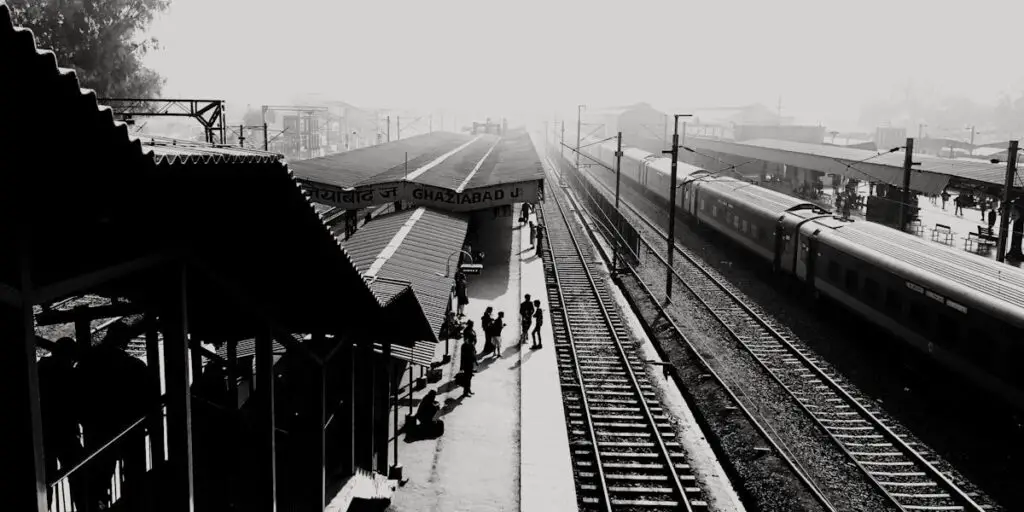Programme Code: MSO
Course Code: MSO-004
Assignment Code: MSO-004/AST/TMA/2024-25
The ‘Brahminical’ perspective on the caste system in India is rooted in the views and justifications offered by the Brahmins, who are traditionally the priestly and scholarly class in Hindu society. This perspective has historically played a significant role in shaping and maintaining the caste system. Here’s a detailed description of the Brahminical perspective on the caste system:
1. Religious Justifications:
- Divine Origin and Scriptural Basis:
- Vedic Texts: The Brahminical perspective often draws on Hindu scriptures, particularly the Vedas, Upanishads, and the Manusmriti (Manava Dharmashastra), which are seen as authoritative texts. According to these texts, the caste system is perceived as divinely ordained.
- Purusha Sukta: The concept of the caste system is linked to the Purusha Sukta hymn from the Rigveda, which describes the cosmic being (Purusha) whose body parts are said to have given rise to the different varnas (social classes). According to this hymn, the Brahmins emerged from the mouth of Purusha, Kshatriyas from the arms, Vaishyas from the thighs, and Shudras from the feet.
- Social Order and Dharma:
- Social Harmony: The Brahminical view often emphasizes the caste system as a means of maintaining social order and harmony. Each caste is assigned specific duties (dharma) and responsibilities, which are believed to contribute to the overall stability and functioning of society.
- Role of Brahmins: Brahmins are seen as the custodians of religious knowledge, rituals, and moral guidance. Their role in performing religious ceremonies and guiding other castes in spiritual matters is justified as essential for upholding dharma and ensuring cosmic and social order.
2. Hierarchical Structure:
- Varna System:
- Four Varnas: The Brahminical perspective supports the idea of a hierarchical division of society into four main varnas: Brahmins (priests and scholars), Kshatriyas (warriors and rulers), Vaishyas (merchants and farmers), and Shudras (laborers and service providers). This hierarchical arrangement is considered natural and appropriate, with each varna fulfilling distinct roles.
- Ideological Justification: The hierarchy is often justified by claiming that each varna has different inherent qualities and aptitudes. The Brahmins are believed to possess the qualities of wisdom and learning, while the other varnas have different roles suited to their attributes.
- Role of Each Caste:
- Functionality: The Brahminical perspective views the roles assigned to each caste as functional and necessary for the smooth operation of society. For example, Brahmins are tasked with religious rituals and scholarly pursuits, Kshatriyas with governance and protection, Vaishyas with trade and agriculture, and Shudras with service and manual labor.
- Mutual Dependence: It is believed that the system ensures mutual dependence among the varnas, where each caste contributes to the functioning of society according to its designated role.
3. Criticisms and Challenges:
- Criticism of Hierarchy:
- Social Inequality: Critics argue that the Brahminical perspective justifies and perpetuates social inequality and discrimination. The hierarchical nature of the caste system often leads to the marginalization and oppression of lower castes, particularly the Shudras and Dalits.
- Lack of Mobility: The rigidity of the caste system and its hereditary nature restrict social mobility and the opportunities available to individuals based on their caste.
- Reform Movements:
- Resistance and Reform: Various social reformers and movements, including those led by figures like Dr. B.R. Ambedkar, Mahatma Gandhi, and Jyotirao Phule, have challenged the Brahminical perspective and sought to dismantle the caste system. They argue for the equality of all individuals regardless of caste and advocate for social justice and the upliftment of marginalized communities.
4. Modern Interpretations and Reconsiderations:
- Contemporary Views:
- Critique and Reassessment: In contemporary times, many scholars, activists, and social reformers critique the Brahminical perspective for perpetuating caste-based discrimination and advocate for a more egalitarian and inclusive society.
- Legal and Social Changes: Legal measures and affirmative action policies have been implemented to address caste-based inequalities and promote social justice. The Indian Constitution, for example, provides for the protection of Scheduled Castes (SCs) and Scheduled Tribes (STs) and promotes social and educational upliftment.
- Re-evaluation of Tradition:
- Reinterpretation of Texts: Some contemporary scholars and thinkers re-evaluate traditional texts and argue for reinterpretations that align with modern values of equality and social justice. They suggest that the original intent of many religious and philosophical texts may have been misinterpreted or distorted over time.
Summary
The Brahminical perspective on the caste system is rooted in religious and scriptural justifications that view the caste system as divinely ordained and essential for social order. This perspective emphasizes the hierarchical division of society into varnas, each with specific roles and responsibilities. While historically influential, the Brahminical perspective has faced significant criticism for perpetuating social inequality and discrimination. Contemporary discussions often challenge this perspective, advocating for social reforms, legal protections, and a re-evaluation of traditional views to promote equality and justice.
Additional Content:
What are the difference between old social movements and new socialmovements? Discuss with examples. (500 words)



